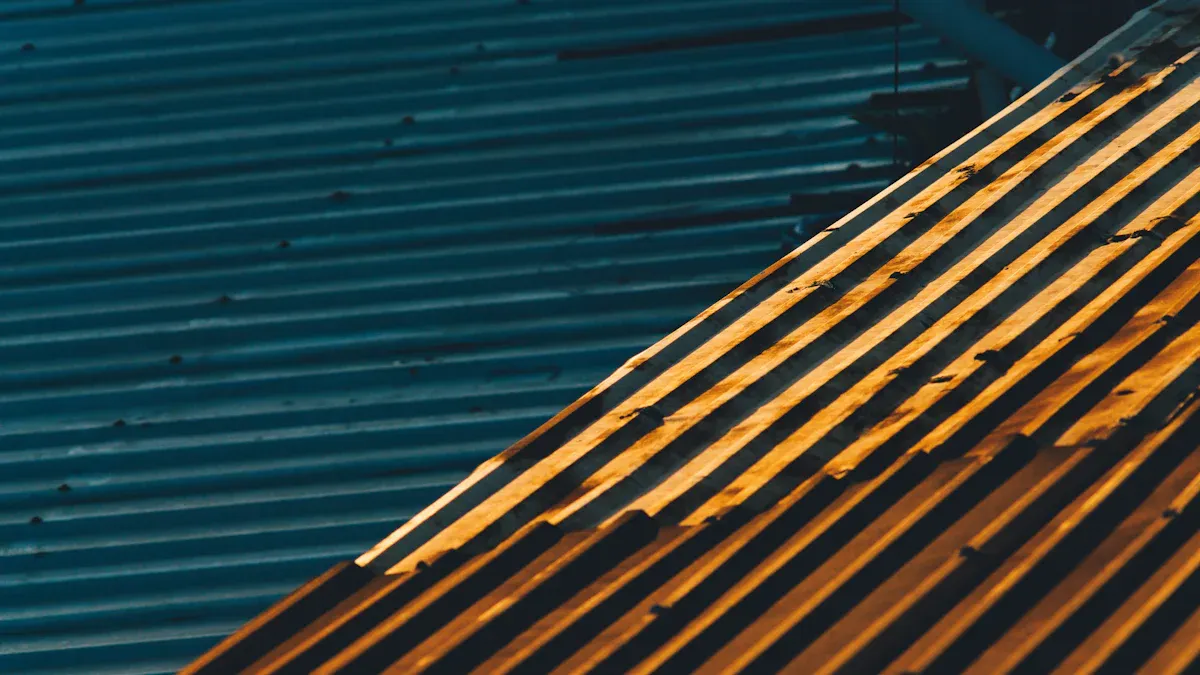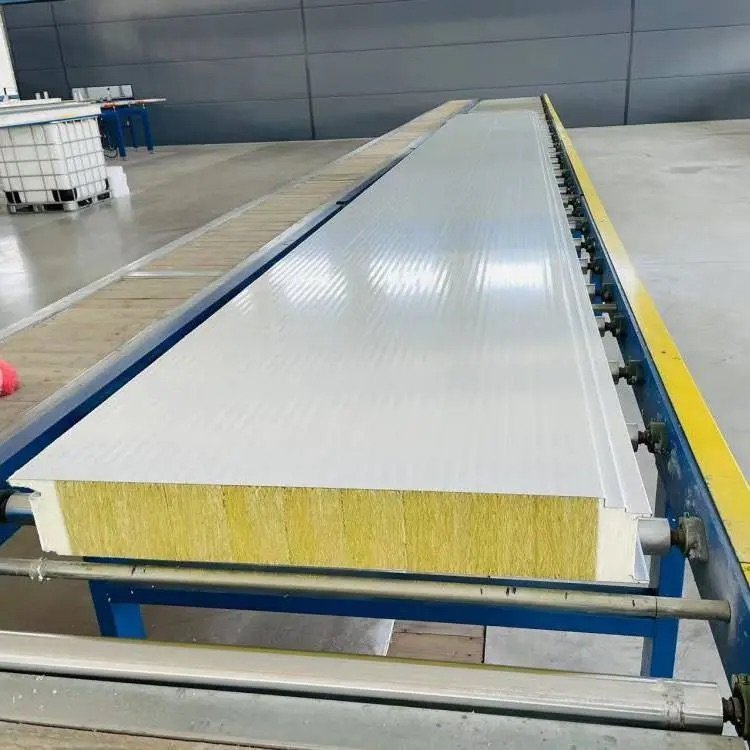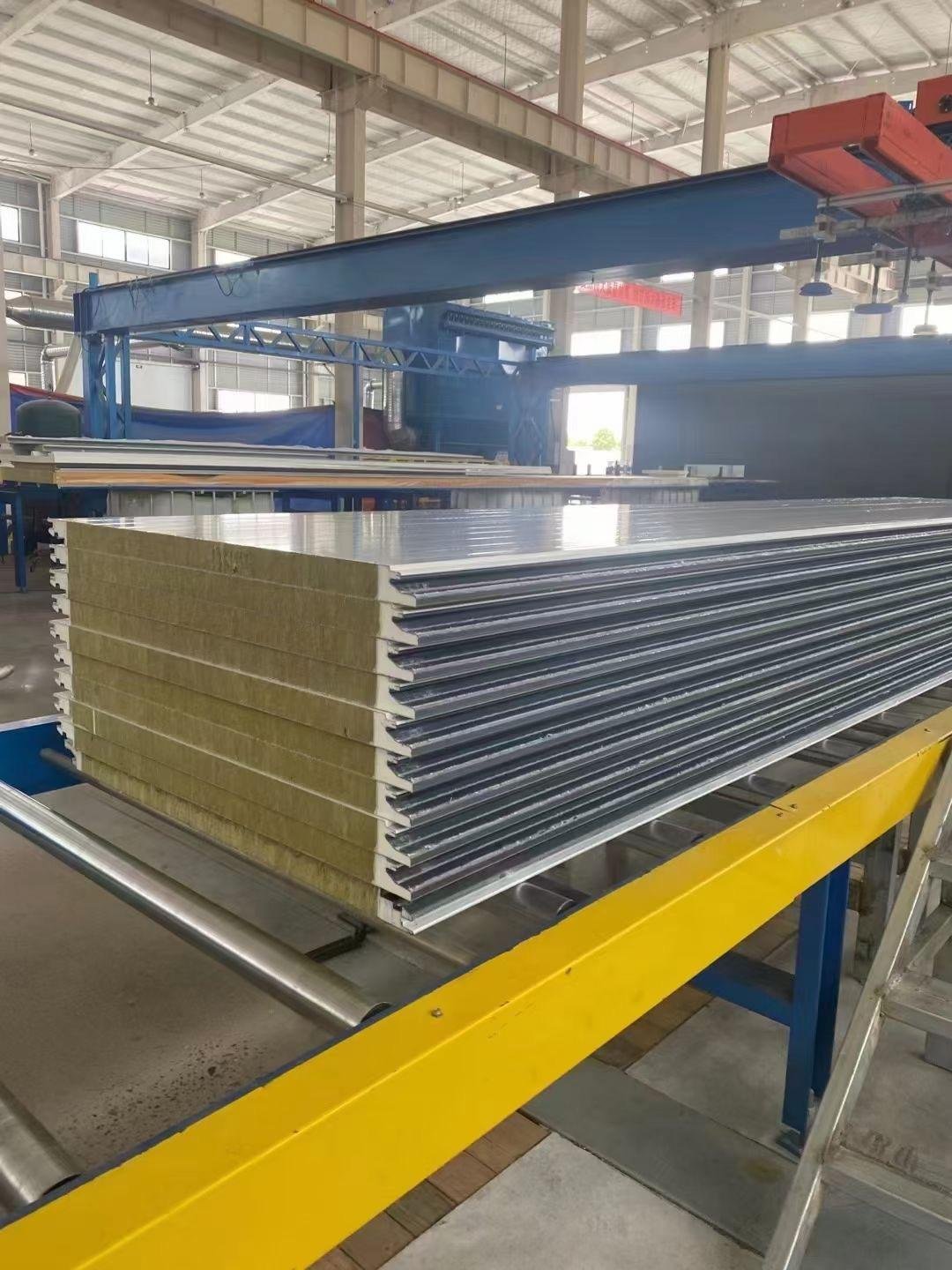
Choosing the right sandwich panel thickness is crucial. It impacts insulation, energy efficiency, and structural strength. For instance, research indicates that a 60 mm core with 0.45 mm skin increases panel stiffness by 28.9% compared to masonry-filled RC frames. This highlights how choosing the right thickness enhances both strength and functionality. When you choose the right panel, it can meet project requirements, conserve energy, and reduce long-term costs.
Key Takeaways
Picking the right PU panel thickness saves energy and money.
Think about your area’s weather; hot places need thicker panels.
Thicker panels are stronger and good for windy or shaky areas.
Check local rules to meet safety and building requirements.
Talk to experts to avoid errors and choose the best thickness.
Key Factors to Choose the Right PU Sandwich Panel Thickness

Insulation Needs and Thermal Performance
The thickness of PU panels affects how well they insulate. Thicker panels keep heat or cold out better. This makes them great for very hot or cold places. For example, California’s energy rules stress good insulation, so PU panels are common in roofs. In Europe, fire safety laws require panels to have fire-resistant materials. These rules show how insulation needs guide panel choices.
Think about the R-value your project needs. A higher R-value means better insulation. This is very important for places like schools or hospitals. The International Building Code (IBC) says panels must pass fire and smoke tests. Picking the right thickness helps with insulation and safety rules.
Climate and Weather Conditions
The weather in your area affects panel thickness. Hot places, like the Middle East, need thicker panels (up to 120 mm) to stay cool. Qatar uses 150 mm panels with fire protection for key buildings. Milder areas, like East Africa, may only need thinner panels (50-80 mm) for farms.
Here’s a table to explain:
Region | Climate Condition | Panel Specification Details |
|---|---|---|
Middle East | Very hot, high-risk areas | A2-rated panels (DIN 4102-1), up to 120 mm for cooling. |
Africa | Mixed climates | South Africa: 150 mm panels with SABS 0177 ratings for cities. |
Latin America | Earthquakes and energy concerns | Chile: 100-150 mm panels with 120-minute fire resistance for factories. |
Knowing your area’s weather helps you pick durable, efficient panels.
Structural and Load-Bearing Requirements
The strength of a panel depends on its thickness. Thicker panels are stronger and better for windy or earthquake-prone areas. Studies, like “Numerical Analysis of Sandwich Panels,” show how thickness spreads out stress. A 3D model found thicker panels handle heavy loads better, keeping structures safe.
Here’s a quick look at some studies:
Study Title | Description |
|---|---|
Numerical Analysis of Sandwich Panels Subjected to Point Loads | Looks at how panels handle heavy loads. |
Finite Element Analysis of Loading Area Effect on Sandwich Panel Behavior Beyond the Yield Limit | Studies how load areas affect panel strength. |
Check your project’s needs carefully. The right thickness ensures safety and long-lasting panels.
Energy Efficiency and Cost Savings
Picking the right PU panel thickness saves energy and money. These panels insulate well, keeping indoor spaces comfortable. This lowers the need for heating or cooling, cutting energy bills. PU panels block heat transfer because of their low thermal conductivity. This means thinner panels can still insulate effectively, saving space and energy.
Here’s how these panels help with energy and cost:
Aspect | Evidence |
|---|---|
Energy Efficiency | Better insulation lowers heating and cooling costs. |
Thermal Conductivity Coefficient | PU panels block heat well due to low conductivity. |
Reduced Insulation Thickness | Thinner panels save space and improve energy use. |
Choosing the right thickness meets energy goals and follows rules. It reduces costs now and saves money over time. Panels with higher R-values insulate better, making them great for energy-focused projects.
Sustainability and Environmental Impact
PU panels also help protect the environment. Most building impacts happen during their use. Using less energy and cutting CO2 emissions reduces harm. Picking good materials like PU panels is key to this.
About 90% of a building’s impact happens during use.
Lower energy use means fewer CO2 emissions, helping the planet.
PU panels are great for reducing environmental damage.
The right panel thickness boosts energy savings and helps the environment. These panels make buildings eco-friendly and meet today’s green standards. Their insulation cuts energy use, making them a smart, sustainable choice.
Step-by-Step Guide to Choosing the Right Panel Thickness
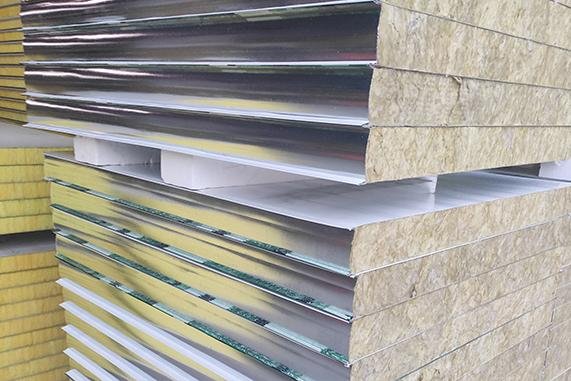
Understand Your Project’s Needs
First, figure out what your project requires. Think about the building’s purpose and what it will hold. For example, warehouses with sensitive items need better insulation. Schools and hospitals also need panels that keep spaces safe and comfy.
Check the building’s structure too. Thicker panels insulate better but need stronger support. Talk to experts to find the best panel thickness for your project.
Check Insulation and Thermal Rules
Insulation is key when picking panel thickness. In warm areas, walls of 40-60 mm and roofs of 60 mm work well. Public buildings often need walls of 30-50 mm and roofs of 50 mm. Cold places need thicker panels. For example, walls may need 120-170 mm, and roofs around 140 mm.
Look at local building rules for insulation needs. These rules ensure safety and save energy. Following them makes your building efficient and compliant.
Think About Weather and Environment
Your area’s weather affects panel thickness. Cold places need thicker panels to keep heat inside. For example, snowy areas might need 150 mm panels or more. Milder climates can use thinner panels that still insulate well.
Weather like wind and humidity also matters. Thicker panels handle tough weather better and last longer. Always think about these factors to make your building strong and energy-efficient.
Think About Strength and Appearance
When picking PU sandwich panel thickness, think about strength and looks. Thicker panels are stronger and last longer. They are great for places with strong winds or earthquakes. For example, factories need panels that hold heavy loads and stay strong. Thinner panels are better for projects where weight and cost matter more than strength.
Looks are important too. PU panels come in many colors and finishes. You can match them to your building’s design. Thicker panels give a modern, smooth look and insulate well. Thinner panels work for places like storage units where looks matter less. Balancing these needs makes your building strong and nice to look at.
Weigh Costs Against Long-Term Benefits
Picking the right panel thickness means thinking about cost and benefits. Thicker panels cost more because they insulate better. But they save money later by cutting energy bills and repairs. Panels from 25mm to over 100mm offer different insulation levels. Thinner panels may cost less now but might not save as much energy.
Thicker panels also make buildings last longer. Strong materials mean fewer repairs, which saves money. PU panels also lower energy use and keep spaces comfy. By thinking about both short-term costs and long-term savings, you can choose the best option for your project.
Expert Tips for Choosing Wall Sandwich Panels
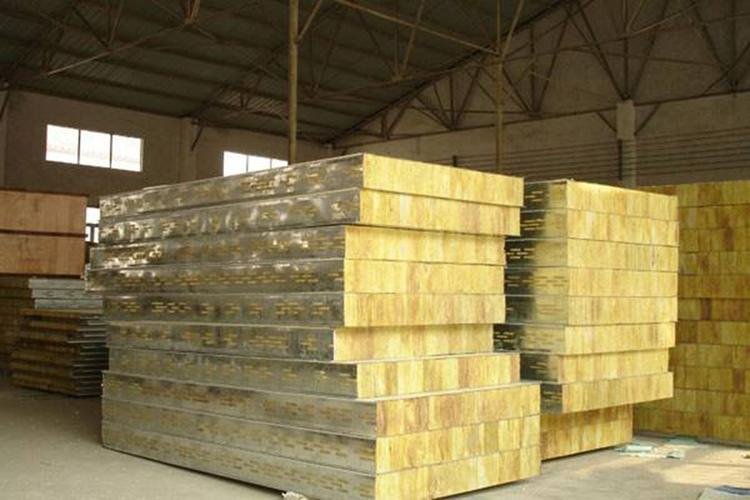
Avoiding Common Mistakes
When picking wall sandwich panels, avoid common errors. One mistake is ignoring your project’s needs. For example, using thin panels in cold storage can cause bad insulation. This leads to higher energy bills. Always match panel thickness to the building’s purpose and weather.
Another mistake is skipping expert advice. Architects and engineers can help you choose the best panels. Also, not checking performance data from manufacturers is risky. Always confirm the panels’ insulation, fire safety, and strength before buying.
Don’t just look at upfront costs. Thin panels may seem cheaper but cost more later. They can lead to higher energy bills and repairs. Think about long-term savings when choosing panels.
Practical Tips for Installation and Care
Installing and caring for panels properly is very important. Follow the maker’s instructions to keep panels strong. For example, sealing poorly during installation can let water in. This can damage the panels over time.
Check your panels regularly for cracks or rust. Clean them with soft materials to keep them looking good. Fix any damage quickly to avoid bigger problems.
Think about the environment where the panels are used. In wet or harsh weather, extra coatings can protect them. These steps help your panels last longer and work better.
How to Choose the Right Thickness for Different Uses
The right panel thickness depends on how you’ll use it. For factories, thicker panels are better. They handle heavy loads and insulate well. Studies show thickness affects 64.8% of load strength, making it very important.
For offices or stores, thinner panels work well. They look nice and save energy. For cold storage, thick panels with high R-values are a must. They keep temperatures steady and cut energy use.
Here’s a table showing key factors and their effects:
Factor | Contribution (%) | Effect on Performance |
|---|---|---|
Core Density | 52.86 | Helps with compressive load strength |
Core Thickness | 64.80 | Most important for flexural strength |
Yarn Thread Density | 42.76 | Affects compressive strength more than flexural strength |
By knowing these details, you can pick the best panel thickness. This ensures your project is both effective and affordable.
Picking the right PU sandwich panel thickness is very important. It helps with insulation, energy savings, and building strength. Things like weather, weight needs, and energy goals matter a lot. PU panels are popular because they are strong and light. They also save energy and support eco-friendly building methods. For the best choice, ask experts or makers for advice. They can suggest what works best for your project. This way, your building will last long and save money over time.
FAQ
What thickness is best for PU panels in cold areas?
For cold places, pick PU panels 120-170 mm thick for walls. Roofs should be about 140 mm thick. This keeps heat inside and lowers heating costs.
Can thin PU panels still insulate well?
Yes, thin PU panels can insulate because of low heat transfer. But their effectiveness depends on the R-value your project needs. In mild climates, thinner panels might work fine.
How does thickness make panels stronger?
Thicker panels spread stress better, making them stronger. They are great for windy or earthquake-prone areas. Factories and warehouses often need thicker panels for heavy loads.
Are PU panels good for the environment?
Yes, PU panels are eco-friendly. They save energy by insulating well, cutting CO2 emissions. Their durability and energy-saving features make them a green choice.
How do I pick the right panel thickness?
Think about your project’s insulation, strength, and climate needs. Check local building rules too. Experts or manufacturers can help you choose the best thickness.


